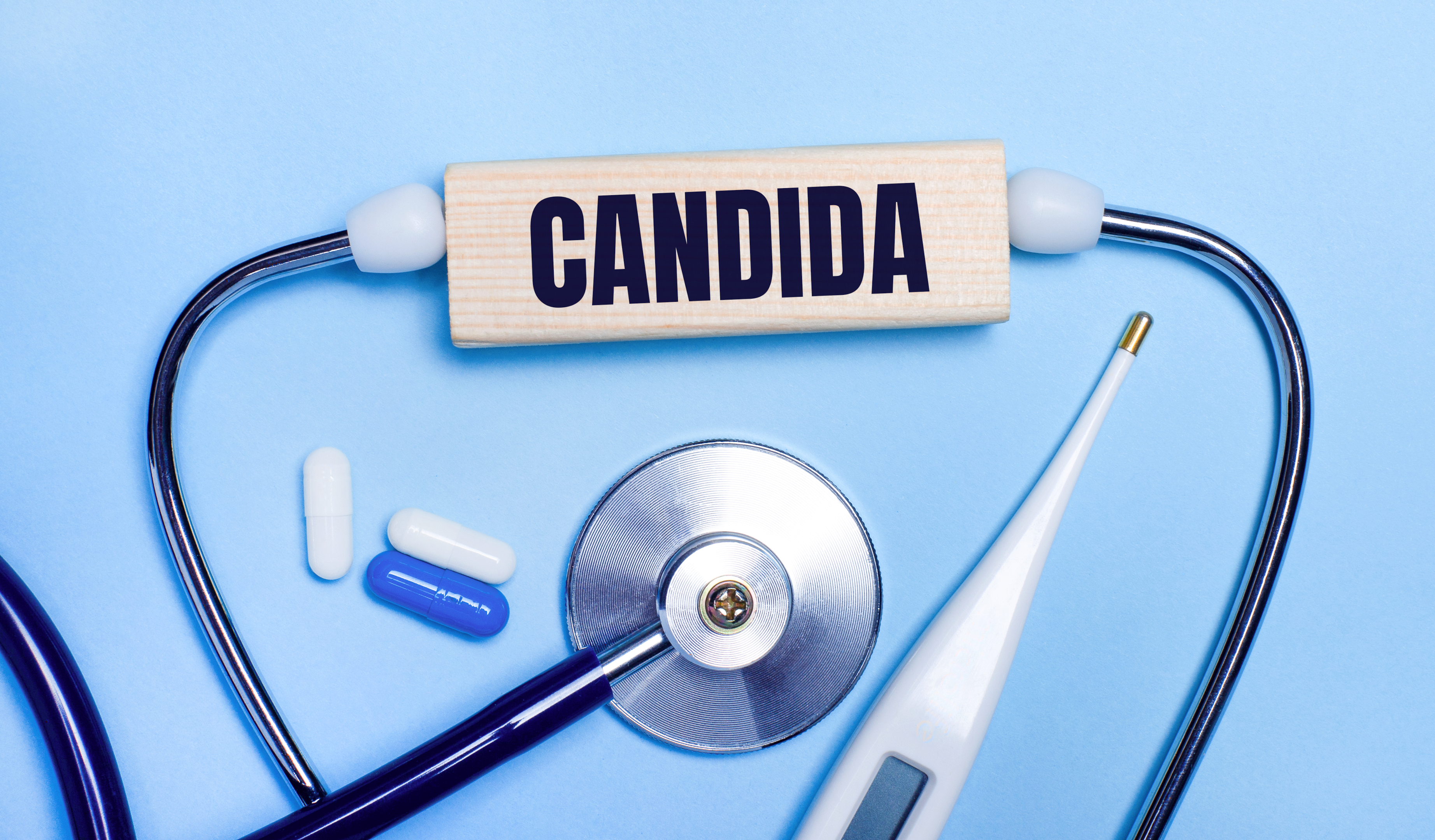How to get rid of a yeast infection fast?



An overgrowth of yeast cells in the vagina is known as a vaginal yeast infection. Women of all ages frequently experience this. You may find disturbing other symptoms, such as discomfort, fishy odour and vaginal discharge. However, yeast infections don't usually result in other medical issues.
Your chance of developing a yeast infection may be increased by some medications. These consist of hormones, steroids, birth control medications, and antibiotics. Additionally, if you have diabetes, a weak immune system, is pregnant, or wear tight clothing, you may be more susceptible to developing a yeast infection.
Most yeast infections improve with therapy in 2 to 3 days. However, many yeast infections require antifungal medication to eliminate candida fungus.
In both men and women, candida typically occurs in the genital together with the mouth and digestive system. The vagina's acidic environment controls the growth of yeast. If this equilibrium is disturbed for any reason, the fungus overgrows its native colony and develops symptoms. Some conditions also disturb the healthy bacteria balance.
Following are some factors which can disturb the fungus population.
Chronic diseases which lower weakened immune system like diabetes mellitus, HIV infection, steroids use, and organ transplant.
Use of high doses of antibiotics which disturb your vaginal fungus flora and cause fungal infection
High level of oestrogen in your blood
Vaginal douching.
Sexually transmitted infection
Bacterial Vaginosis
Urinary tract infection
Frequent Sexual intercourse
Numerous symptoms are identical to those of bacterial or trichomonas-induced vaginal infections. It is crucial that a doctor's inspection and laboratory testing of the discharge are utilised to establish the diagnosis of Candida Albicans when the initial infection develops so that the proper medication can start because the symptoms of vaginitis might be similar regardless of the cause.
Recurrent infections can be treated with over-the-counter vaginal antifungal drugs like clotrimazole or miconazole after the patient can identify the signs of a common yeast infection.
Despite not being regarded as a sexually transmitted disease, vaginal candidiasis can sometimes be passed from one partner to another during sexual activity. Contacting a doctor to discuss the best course of action should be done if symptoms start to appear in a sexual partner.
1. Burning and itching of the vaginal tissue and vulvar area are the typical signs of a yeast infection
2. A thin, white, watery, or thicker discharge that resembles cottage cheese is what some women describe their vaginal discharge as.
3. In addition, a woman could have painful urination, redness and swelling of the vulvar tissue, and pain while having sex.

A specific antifungal medicine prescription is the most efficient treatment for yeast infections. If you're awaiting a diagnosis and prescription, you might certainly test several home remedies.
Following are some methods which you can use to treat recurrent yeast infections.
When your immune system is stressed or compromised, vaginal infection is more common. Since your body's natural bacteria start to disappear when you take antibiotics, chronic yeast infections are quite prevalent.
You may support the normal bacteria community in and on your body that prevents yeast infections from developing or getting worse by using probiotic supplements, which are formed of live bacteria.
Another beneficial source of probiotics is yoghurt. Just be careful to consume the yoghurt. When applied topically, it has no advantages, and yoghurt's common sugar content may also result in other infections.
In the lab and in humans, coconut oil and sweet almond oil appear to have antifungal properties.
A small layer of coconut oil can be gently rubbed onto the yeast infection. Infections that are itchy, dry, and painful may be soothed, helping to kill off part of the yeast and promoting healing.
According to research, tea tree oil is highly efficient against yeast despite having little to no negative effects on the microorganisms that the body naturally produces. While more research is necessary, tea tree oil could be a helpful remedy.
Tea tree oil can be found in lotions, ointments, and suppositories, but it shouldn't be used undiluted. Applying tea tree oil frequently might cause skin rashes and irritation, so use it sparingly.
The majority of vaginal yeast infections are treated by antifungal medicines. The particular drug is determined by how serious the infection is. Your doctor will advise you on the best course of action based on your symptoms and condition.
Antifungal drugs tackle candida yeast infections in your body. Fluconazole is often administered orally in a single dose, whereas antifungal creams are used topically.
You can use an applicator to administer topical drugs to the vaginal area or insert them as a suppository into the vagina. Terconazole and miconazole are two popular antifungal drugs.
You will obtain information about each type of drug from your medical professional, along with instructions on how to use each one safely. When using these medications, it's crucial to carefully adhere to your doctor's directions to make sure the infection is completely treated and doesn't come back.

Prevention methods can treat vaginal yeast infections and also help to prevent future yeast infections.
Yeast can overgrow in moist environments. Cotton underwear absorbs water and makes the environment less moist.
In the bathroom, you should avoid wiping from back to front. This can bring bacteria from the anus areas.
After taking a bath, gently dry and clean the area with a towel. Fungus loves to grow in wet environments.
These might disrupt the delicate bacterial and fungus ecology in the vagina and result in yeast infections.
According to certain studies, persistent anxiety and vaginal yeast infections are related. Your body's immune system is weakened by stress. Stress can be reduced via yoga, meditation, and obtaining enough rest.
Here at Welzo, we have multiple options for treating a vaginal infection. To view our range of anti-fungal medications here.










Plus get the inside scoop on our latest content and updates in our monthly newsletter.